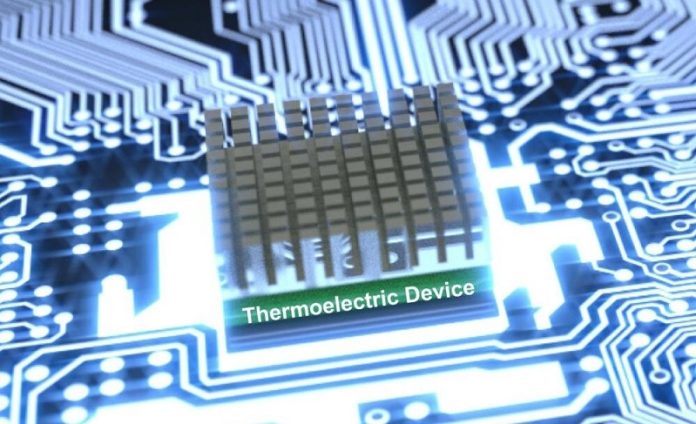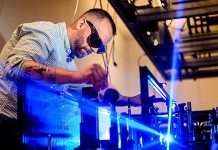
We all know how annoying it can be when our phones or laptops start getting hot after we’ve used them for a while.
Well, as our gadgets become smaller and more powerful, they also generate more heat – and that’s a big problem that needs a solution.
Now, scientists at Penn State have created a new type of cooler that could help deal with this problem in future electronics.
Professor Bed Poudel and his team in the Department of Materials Science and Engineering at Penn State have developed a new thermoelectric cooler that’s much more powerful and efficient than the ones we currently have.
“Our new material can help cool down future high-power electronics,” said Poudel. “It performs better than current cooling devices and can help the new generation of electronics.”
Thermoelectric coolers work by moving heat from one side of the device to the other when electricity is applied, creating a cool side and a hot side.
If you put the cool side on parts of electronics that get hot, like certain parts in a computer or a laser, it can help keep them cool. But as those parts become more powerful, the coolers also need to get better at removing heat.
The new cooler created by the Penn State team is really impressive – it’s 210% better at cooling than the best commercial cooler available right now.
This means it can remove a lot more heat using the same amount of energy. That’s a big deal when it comes to keeping powerful gadgets cool.
What’s the secret? The scientists used a compound of materials known as half-Heusler alloys, which have some really special properties that are great for energy applications.
They also used a special process called “annealing,” which involves heating and cooling the material in a specific way to remove defects and improve its structure. This process also increased the grain size of the material, allowing it to conduct electricity better, which is key for its cooling performance.
“With this new technology, we can better manage high levels of heat in a small area. This is really useful for devices like laser diodes that generate a lot of heat and need to be kept at a certain temperature for optimal performance,” said Wenjie Li, another researcher on the team.
In addition to its high cooling power, this material also set a new record for efficiency among half-Heusler materials at temperatures ranging from 80 to 1,111° Fahrenheit.
“This technology may be able to address some of the challenges we face as we move towards more powerful, smaller electronics,” Poudel said.
So next time your phone heats up, just remember that scientists are working on a cool solution!
Follow us on Twitter for more articles about this topic.



